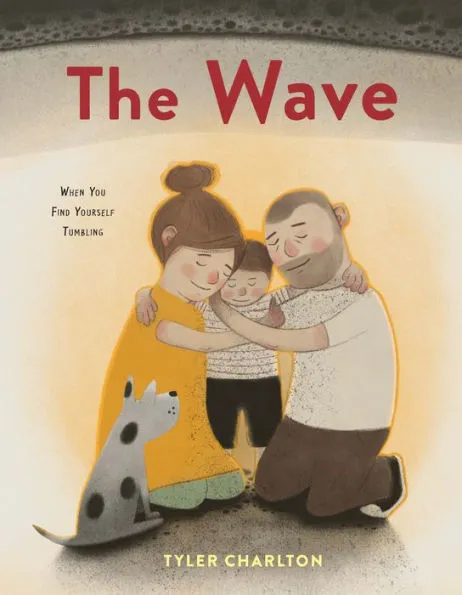
2024 Summer Reading List
As you get ready for summer fun, we’ve got you covered with a new summertime book list for young children! Featuring our very own librarian Ms. Sarah’s favorite books from this past year, these titles are entertaining for grownups and children alike. This summer’s book list offers great ways to continue building your child’s early literacy skills while being full of great characters and adventures!
By Sarah Simpson, family education and literacy specialist at the Schoenbaum Family Center
Download a quick look at the full book list here.
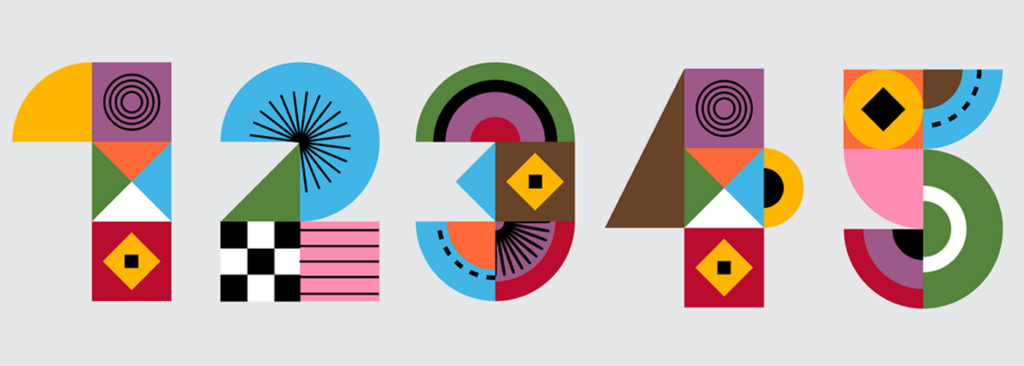
#1: How to Count to 1
by Caspar Salmon and illustrated by Matt Hunt (2023)
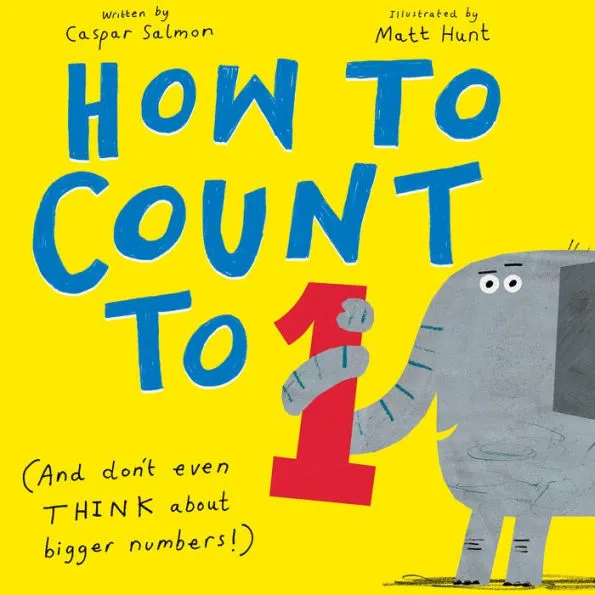
AGES: Preschool (ages 3-5)
WHAT IT’S ABOUT: Nothing is as it seems in this interactive (and tricky) picture book. The author capitalizes on how precocious preschoolers can be when they anticipate a question. But the crafty pauses eventually drive the lesson home that little listeners need to wait for the full question to unfold before shouting out the answer – because truly all the author wants them to do is count to 1.
WHY WE LIKE IT: The silliness of the premise is an excellent diversion from some true preschool skill-building such as careful observation, listening, and math literacy. This is a readaloud that will have kids giggling along with their grownups at the idea of rollerblading ducks or worms in disguise. The variation in fonts and the use of capital letters for some words reinforce letter recognition, and emergent readers will quickly be able to recognize the ever-ubiquitous word, “one.”
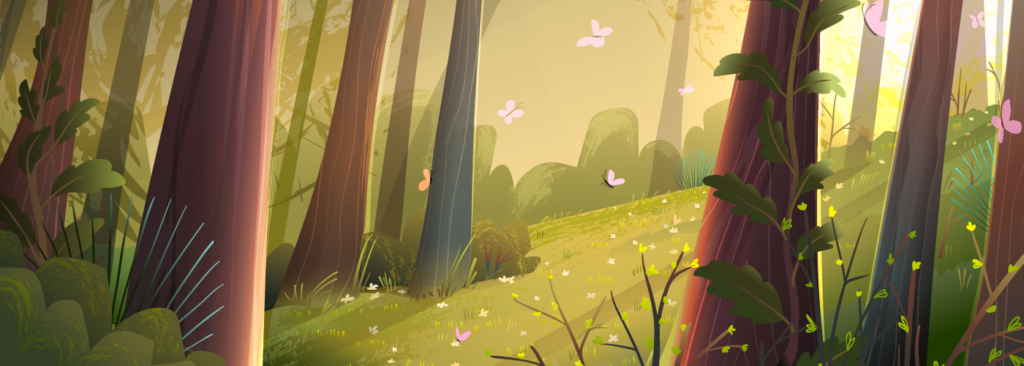
#2: Log Life
by Amy Hevron (2024)
AGES: Preschool (ages 3-5)
WHAT IT’S ABOUT: When a pine tree falls in the forest… it creates micro-ecosystem known as a nurse log. As the pine log decomposes, a cacophony of critters find refuge and the less mobile inhabitants such as plants and fungi procure necessary nutrients from the log’s decay. Log Life is a testament to the importance of life cycles by emphasizing the interdependence of the living and the dead. After reading this narrative nonfiction book, preschoolers will be inspired to carefully observe things in nature they may have previously overlooked.
WHY WE LIKE IT: With rich vocabulary-building moments and its thorough exploration of micro-habitats, this title introduces important science literacy concepts to young readers. Grownups will find great opportunities to engage in conversation with their little ones, making connections and predictions that will build their child’s comprehension skills.
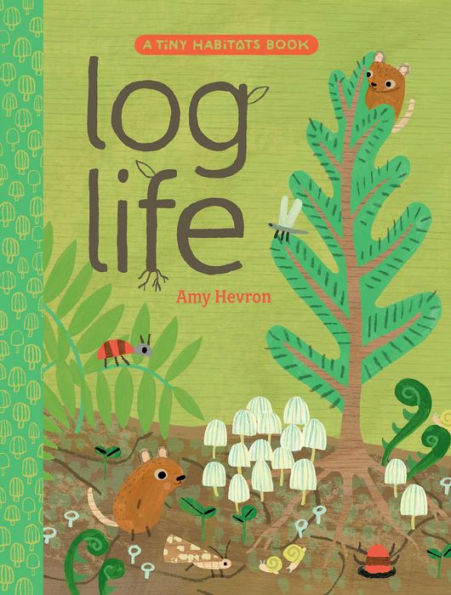

#3: Benita and the Night Creatures
by Mariana Llanos (2023)
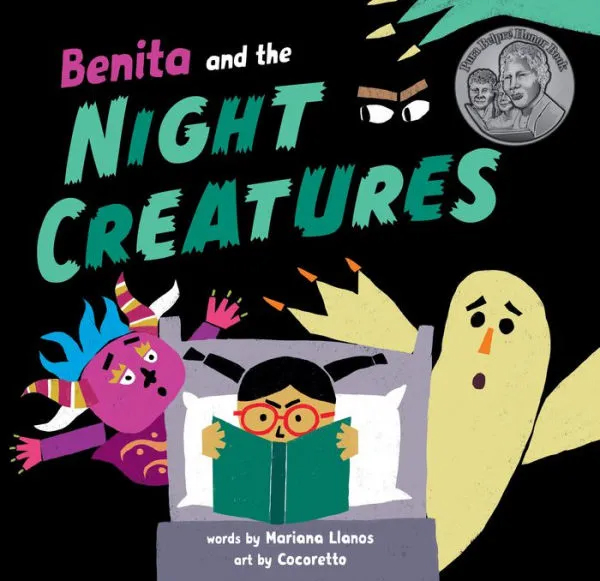
AGES: Preschool (ages 3-5)
WHAT IT’S ABOUT: Benita has the highly relatable problem of being completely absorbed in reading her book. Three monsters from Peruvian folklore each use their signature scare tactics to distract but nothing works. Finally, an annoyed Benita suggests that she simply read the story aloud to the monsters, and much to their delight they find that sharing the story with her is much preferred to their spooky antics.
WHY WE LIKE IT: Benita and the Nighttime Creatures’ simple introduction to Peruvian folklore provides a pathway to talk about traditional stories shared around the world. The back matter gives brief summaries of each monster’s backstory and significance. With bold, simple illustrations and an interactive format, this title is equal parts learning and entertainment.

#4: Buffalo Fluffalo
by Bess Kalb (2024)
AGES: Preschool (ages 3-5)
WHAT IT’S ABOUT: Buffalo Fluffalo is cute but cantankerous and he warns each creature who tries to befriend him to keep their distance. He repeats, “I am the Buffalo Fluffalo – I heave and I huffalo. Leave me alone because I’ve had enuffalo!” Even when ram offers him a hat, prairie dog suggests a quick romp around, and crow wants to have a chit-chat, Buffalo Fluffalo refuses their attempts at friendship and fun. After a big storm deflates his bulky exterior the fuming Fluffalo is finally convinced by his critter cohorts the value of true friendship.
WHY WE LIKE IT: There is phonological and phonemic awareness aplenty in this title with every stanza having a silly – and sometimes invented – rhyming structure. Reading it aloud will have children repeating Buffalo’s proclamations and working with their grownups to find other rhymes for fluffalo.
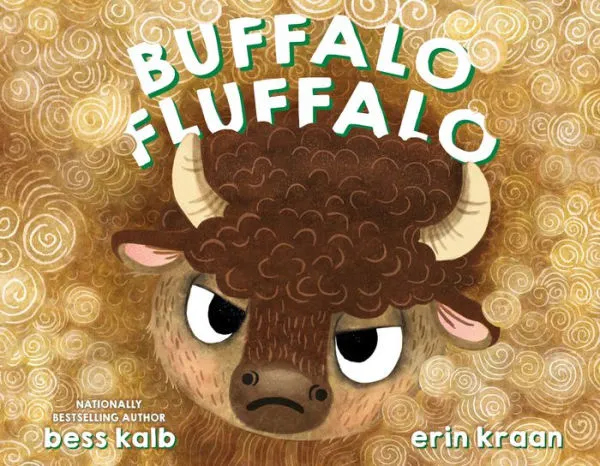

#5: How to Bird
by Rasha Hamid (2023)
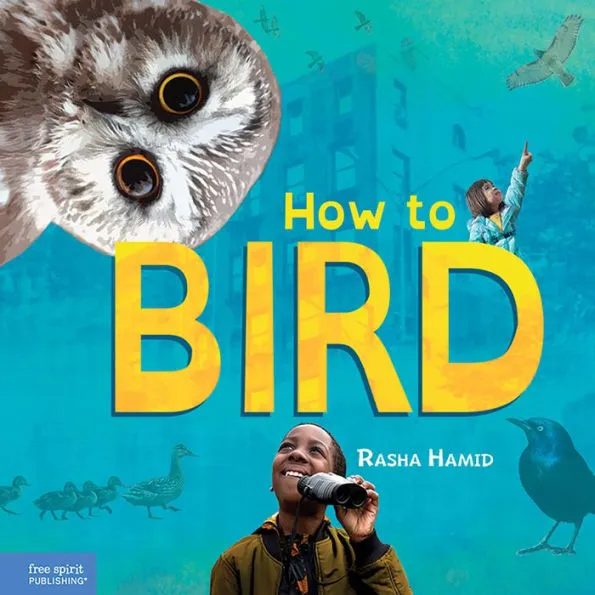
AGES: Infant/toddler (ages birth to 3; preschoolers may also enjoy this book)
WHAT IT’S ABOUT: How to Bird is a nonfiction guide to urban birding that outlines birdwatching strategies and information about helpful tools. Little birders with diverse backgrounds and abilities demonstrate techniques for spotting birds in the city in this title’s photo collaged illustrations. The backmatter features a glossary, important questions to consider, and further resources.
WHY WE LIKE IT: The combination of photo collaged illustrations and simple text make this a great book to share with infants to third graders. Birding is a relatively cost-free hobby with long-lasting benefits of stress mitigation, mindfulness, and time spent outdoors that will appeal to young ones as well. Infants and toddlers will enjoy looking at the large photographs of children and animals.

#6: Is This the Bus for Us?
by Harriet Ziefert and illustrated by Richard Brown (2023)
AGES: Preschool (ages 3-5)
WHAT IT’S ABOUT: A young Black child and his family wait patiently to board the city bus to the park. Each time a brightly colored bus pulls up, the question is asked, “Is this the bus for us?’’ The buses stopping have very clear destinations by their unusual passengers and outside decoration. Kids will have a great time predicting where each bus is headed, and they will relish the opportunity to chime in as the title phrase repeats with the arrival of the next bus.
WHY WE LIKE IT: This title seamlessly incorporates concepts that very young children are working on such as colors with more complex critical thinking challenges for older preschoolers. For example, where would a bus that has dinosaur skeletons as passengers be headed? Each bus and its destination can inspire an entirely new conversation between grownup and child, and the narrative will build preschoolers’ comprehension through plot prediction.
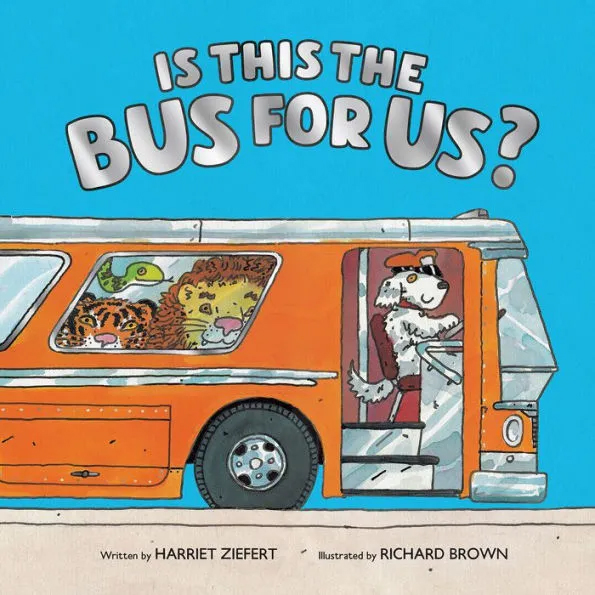

#7: Dim Sum Palace
by X. Fang (2023)
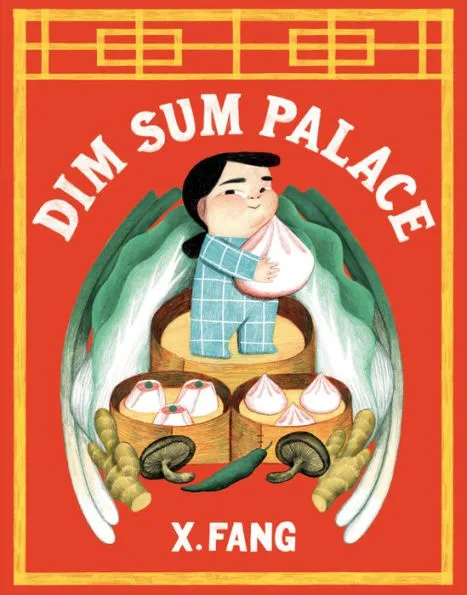
AGES: Preschool (ages 3-5)
WHAT IT’S ABOUT: An impending visit to the local dim sum restaurant has Liddy on excitement overload as she drifts off to sleep. As she lays in her bed, a giant hand plucks her out of her slumber and takes her to a palace kitchen where the chefs are preparing dim sum dumplings. Liddy falls in to the dumpling mixture and inadvertently gets pinched into a dumpling. Will the giant empress make a meal out of Liddy or will she see the dumpling stowaway just in time? This title is a modern take on the Where the Wild Things Are dreamscape narrative. And just as Sendak’s book captivated generations to come, so will Dim Sum Palace.
WHY WE LIKE IT: Dim Sum Palace introduces preschoolers who are unfamiliar with dim sum to its cultural importance, preparation, and serving. Because preschool titles don’t often take up the dream narrative as a plot structure, this will inspire critical thinking as to whether these events are happening or if they are a product of Liddy’s mind. This title will support inquiry-centered curriculum on cultures represented in the classroom and beyond, whilst being a very entertaining read.

#8: Bunny Loves Beans
by Jane Whittingham (2024)
AGES: Infant/toddler (ages birth to 3; preschoolers may also enjoy this book)
WHAT IT’S ABOUT: The latest title in the Big, Little Concepts series by Pajama Press is authored by Jane Whittingham, a children’s librarian by trade. Featuring simple, photographic illustrations, young children will gravitate towards identifying the animals, colors, and the healthy foods they eat. It can be tricky to find books that work for group sharing with the infant/toddler set – often they are too-small board books or too-long picture books. But every title in this series by Whittingham is storytime gold for the youngest of readers.
WHY WE LIKE IT: The “Toddler Touch” format of durable pages and a reinforced, padded cover means that little hands can explore this book without fear of ripped pages or broken bindings. The complexity of the story can be expanded or simplified based on the ages of the listeners which make it ideal for sharing in a variety of baby and toddler developmental stages.
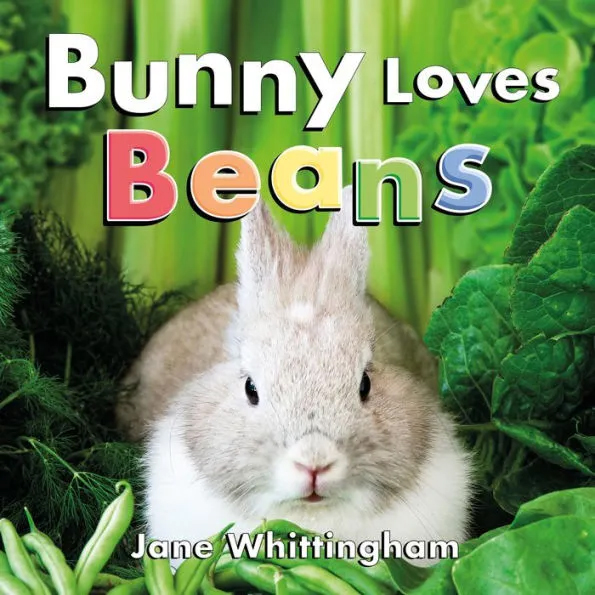

#9: Hello Baby
by Little Bee Books (2023)
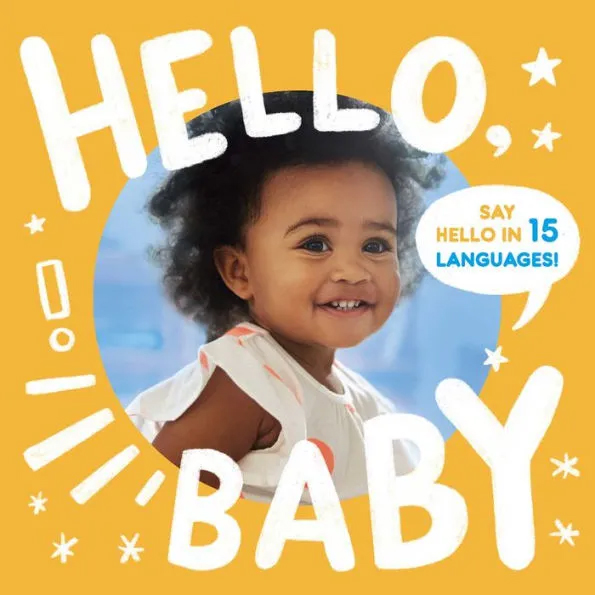
AGES: Infant/toddler (ages birth to 3; preschoolers may also enjoy this book)
WHAT IT’S ABOUT: Babies from around the globe say hello in their native languages. Photographs of smiling babies are guaranteed to tap into that early fascination with faces that infants have in the birth to 12 months stage. This celebration of diversity and world languages is a great introduction to the similarities between babies, their routines, and their families across the globe.
WHY WE LIKE IT: Grownups will appreciate the pronunciation guide for the less-familiar greetings, and infants and toddlers will be captivated by the photos of babies engaged in everyday activities.

#10: The Wave
by Tyler Charlton (2023)
AGES: Preschool (ages 3-5)
WHAT IT’S ABOUT: A young boy faces the developmentally appropriate challenge of recognizing and processing difficult emotions. The young male protagonist has an emotion that overwhelms him like a wave. The author intends this emotion to be sadness or depression, but the visual metaphor could be used to identify and cope with a variety of difficult emotions. The reassurance and support of the young boy’s family is what eventually pulls him out of the wave.
WHY WE LIKE IT: For preschoolers experiencing emotions that may inhibit their ability to socialize and learn with others, this book is a powerful tool of recognition and mindfulness. Giving a visual representation to feelings can be critical to helping a child recenter themselves within the home or classroom space. This book is an impactful social story for anyone ages 3 through adulthood who is building their social emotional skills.
